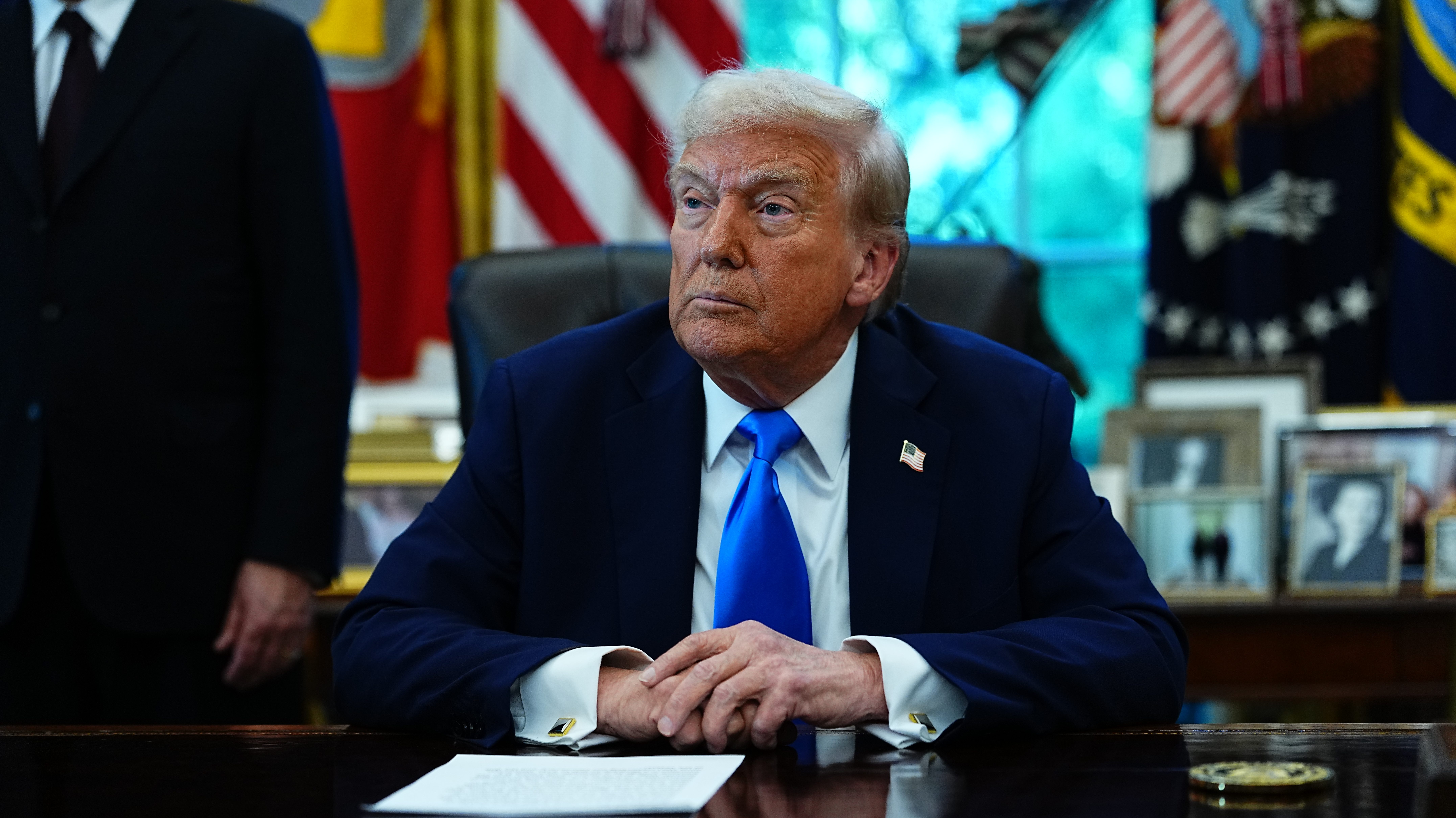
President Donald Trump‘s announcement of a brand new $100,000 payment on H-1B visas brought about a flurry of confusion amongst corporations that use the visa program, in addition to amongst immigrant staff and international locations all over the world, as they tried to gauge its impression.
Right here’s what we all know in regards to the new adjustments and the way they are going to have an effect on the industries that depend on the visa program to usher in high-skilled staff.
What’s an H-1B visa?
The H-1B visa is a authorized immigration program that enables U.S. employers to briefly rent expert international staff in “specialty occupations” throughout well being care, tech and finance industries, amongst different STEM-related fields.
For the needs of the visa program, a “specialty occupation” is outlined as a job that requires at the least a bachelor’s diploma or increased and the “theoretical and sensible utility of a physique of extremely specialised data.”
The visa program, created by the Immigration Act of 1990, was initially designed to tackle essential workforce wants, making it simpler for employers to usher in staff with specialised abilities that had been more durable to search out in the US.
Based on the Labor Division, there are authorized requirements to guard U.S. staff with comparable jobs from being adversely affected by the employment of international staff.
The H1-B program permits American employers to sponsor visas for extremely expert staff from abroad who can’t be simply discovered within the American workforce.
However in recent times, some Democratic and Republican lawmakers have pushed for reform and elevated oversight of this system, saying it has displaced American staff and suppressed wages.
Taylor Rogers, a White Home spokeswoman, informed NBC Information that Trump “promised to place American staff first, and this commonsense motion does simply that by discouraging corporations from spamming the system and driving down wages.”
What modified and who’s affected?
On Friday, Trump signed a proclamation requiring a $100,000 fee to accompany new H-1B visa functions submitted after Sept. 21, a steep rise from present charges, which are often $2,000 to about $5,000.
However the brand new coverage, which took impact Sunday, did not make clear whether or not the brand new, steep cost utilized solely to new functions or to these of individuals presently holding H-1B visas or in search of renewals. That led to a flurry of confusion over the weekend as staff and firms tried to determine who could be affected.
Based on tips the State Division and U.S. Citizenship and Immigration Companies issued this week, the $100,000 payment on H-1B visas is a one-time payment and applies solely to new functions.
It would not have an effect on individuals who had legitimate H-1B visas issued earlier than Sept. 21, and it would not change payment necessities for these in search of H-1B visa renewals.
New functions submitted earlier than Sunday “usually are not affected,” in response to U.S. Customs and Border Safety.
Present H-1B visa holders can nonetheless journey out and in of the US, in response to the rules.
What’s subsequent for visa holders and candidates?
Anybody in search of an H-1B visa is usually sponsored by a U.S. employer.
The State Division and USCIS have already “been instructed to start implementing the brand new financial necessities” for employers submitting new H-1B visa functions for people residing exterior the US, in response to CBP.
Main tech corporations have relied on approvals from the visa program to rent staff from overseas. USCIS knowledge exhibits Amazon is the highest beneficiary of this system, with greater than 10,000 approvals since Oct. 1, adopted by Tata Consultancy Companies, with 5,500, and Microsoft and Meta, with greater than 5,000 every. Apple and Google additionally rounded up over 4,000 approvals every. Different corporations with over 2,000 approvals included JPMorganChase and Wal-Mart.
By regulation, solely 65,000 new H-1B visas might be issued yearly, plus 20,000 approvals reserved for international staff who’ve superior levels from U.S. faculties and universities.
With H-1B visa petitions exceeding the annual cap of 85,000 approvals every year, a lottery system is used to pick out those that will probably be invited to use. There are some congressionally permitted exemptions for sure staff of nonprofit and authorities analysis establishments, in response to FWD.us, an immigration reform advocacy group.
For the final H-1B lottery spherical, for which registration closed in March, about 339,000 individuals utilized, surpassing the annual cap. Of these, 120,141 functions had been chosen for the lottery, in response to USCIS knowledge. The brand new payment gained’t have an effect on these candidates.
However future candidates residing exterior the US and aiming to register for the following lottery, which is scheduled for early subsequent 12 months, could also be subjected to the brand new payment.
Employers will need to have documentation of the $100,000 fee earlier than they file H-1B petitions on behalf of staff, in response to the White Home.
Who’ll be most affected?
Primarily based on earlier tendencies, individuals from China and India aiming for computer-related jobs in the US are prone to be the primary ones to begin feeling the ripple results of the H-1B visa adjustments.
For greater than a decade, about 60% of H-1B staff permitted yearly have held computer-related jobs, in response to Pew Analysis. A majority of H-1B approvals since 2010 have gone to staff born in India, adopted by staff from China, who’ve accounted for about 10% of visa approvals over the identical interval.



